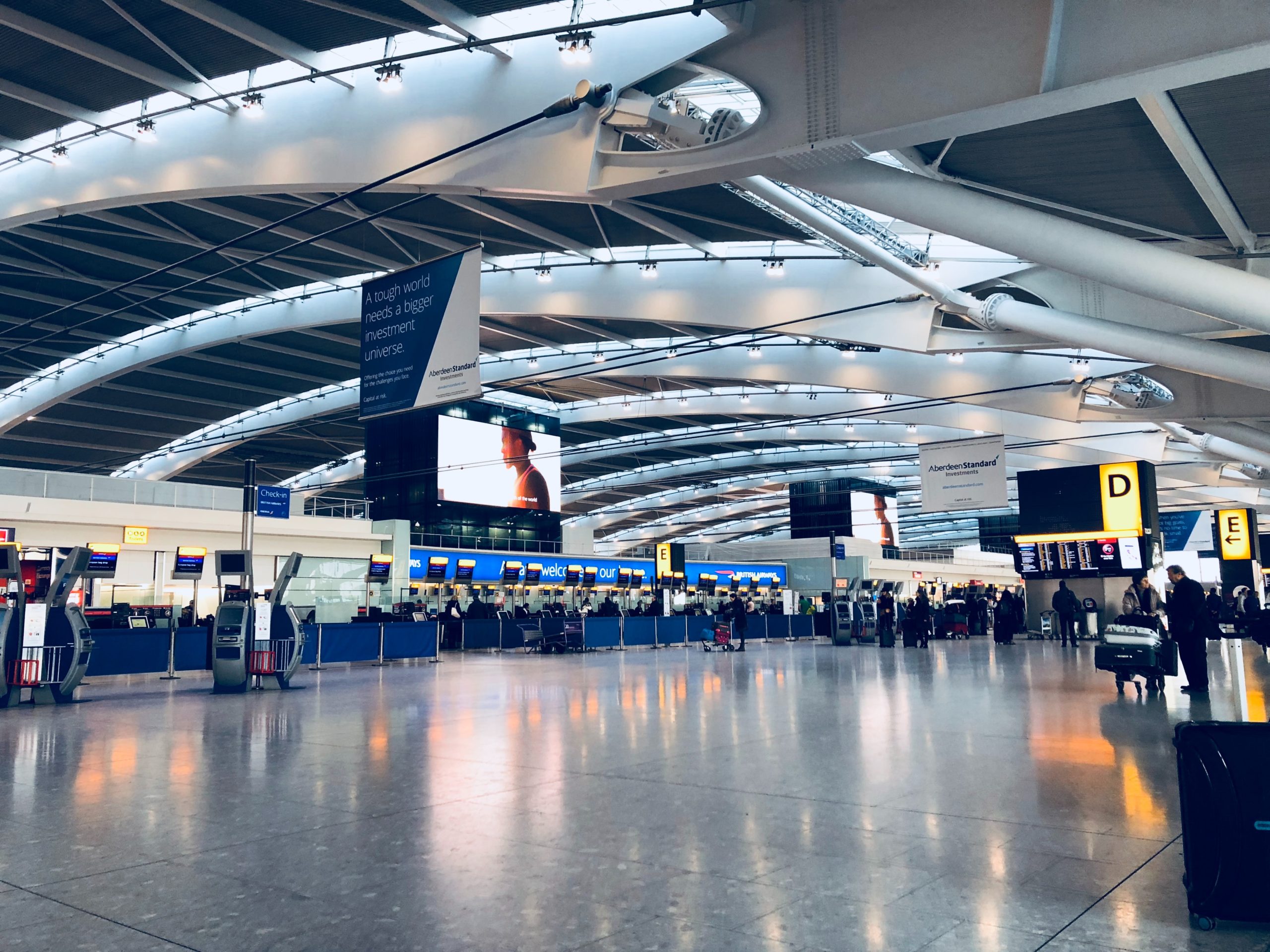
16 Jun Plan Ahead: Airlines Are Adding New Health Questions at Check-In
As travelers tentatively begin to take to the skies again, U.S. airlines have been launching new health and safety measures to make them feel more comfortable with flying amid the coronavirus pandemic. The latest effort: pre-flight health questionnaires meant to rule out if a flier has been exposed to or contracted COVID-19.
United Airlines launched what it calls a “Ready-to-Fly” checklist that all passengers will be asked to fill out during the check-in process. In order to receive a boarding pass, United passengers must declare that they have not been diagnosed with COVID-19 in the last 21 days, they have not had close contact with someone who tested positive for COVID-19 in the last 14 days, and that they have not been denied boarding by another airline due to screening for a communicable disease in the past 14 days.
The compulsory health assessment prompts fliers to confirm they have not experienced any symptoms related to COVID-19 in the two weeks before flying, too. Passengers must verify they aren’t experiencing any of a litany of symptoms (which can be excluded if caused by a pre-existing condition), including a temperature of 100.4 or higher, cough, shortness of breath, chills, muscle pain, sore throat, or the recent loss of taste or smell. Customers must also acknowledge the airline’s face mask requirement for both the duration of the flight and in the airport. Fliers will be prompted to take the assessment no matter how they check-in, whether online, through the airline’s app, airport kiosk, or with the assistance of a customer service agent. United says the questionnaire is the first of its kind among major U.S. airlines when it went into effect on June 10.
United’s health assessment, which was developed as part of a larger partnership for on-board safety with medical experts at Cleveland Clinic, “helps minimize the risk of exposure during the travel experience,” said Pat Baylis, United’s corporate medical director, in a statement.
Alaska Airlines has also announced plans to launch a mandatory passenger health assessment as part of the check-in process by the end of the month. That questionnaire similarly asks fliers to verify that they have not experienced any symptoms of COVID-19 within the past 72 hours, have not come into contact with anyone diagnosed with the illness, and agree to wear a face mask. The Seattle-based airline’s assessment was developed with input from infectious disease experts at the University of Washington’s Medical Center and goes into effect on June 30. Along with the questionnaire, Alaska also announced it would be blocking middle seats and capping flights at 65 percent full through July.
The new mandatory health assessments come as airlines have begun to see a rise in passenger numbers as the outbreak ameliorates in some regions. Nationwide passenger numbers have twice peaked above 400,000 fliers per day this week, according to TSA data, a sizeable uptick from the less-than 90,000 passengers who flew on one of the lowest days on record in April.
The questionnaires build upon new rules airlines have been implementing to prevent the disease from spreading in-flight, including asking fliers and crew to wear face coverings, changing boarding processes, increasing sanitizing procedures, giving fliers more space on the plane, and in some cases, checking passengers’ temperatures. Together, the new health-based rules could have a role in rebounding passenger confidence.
